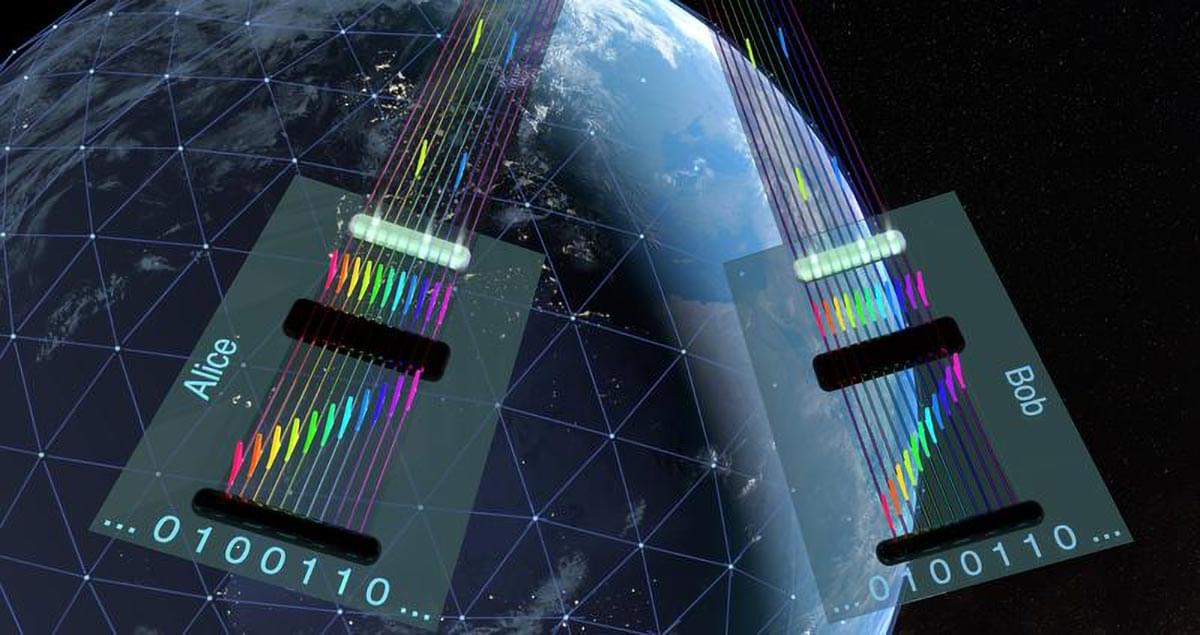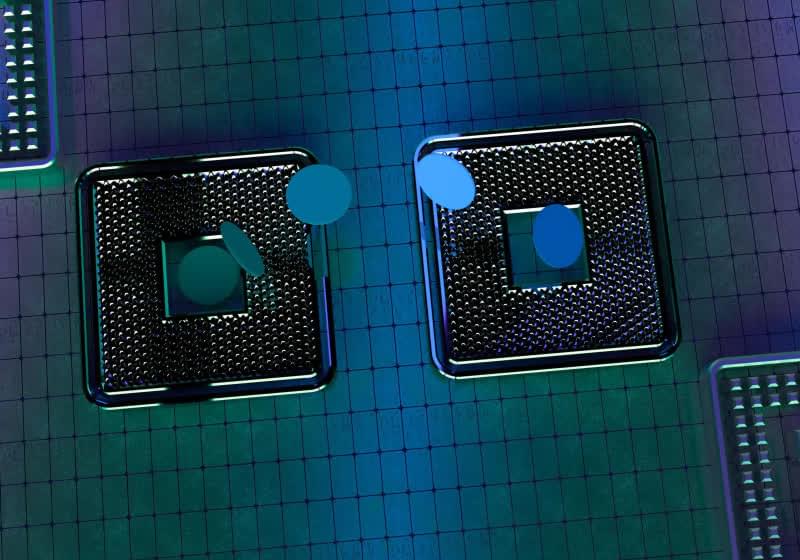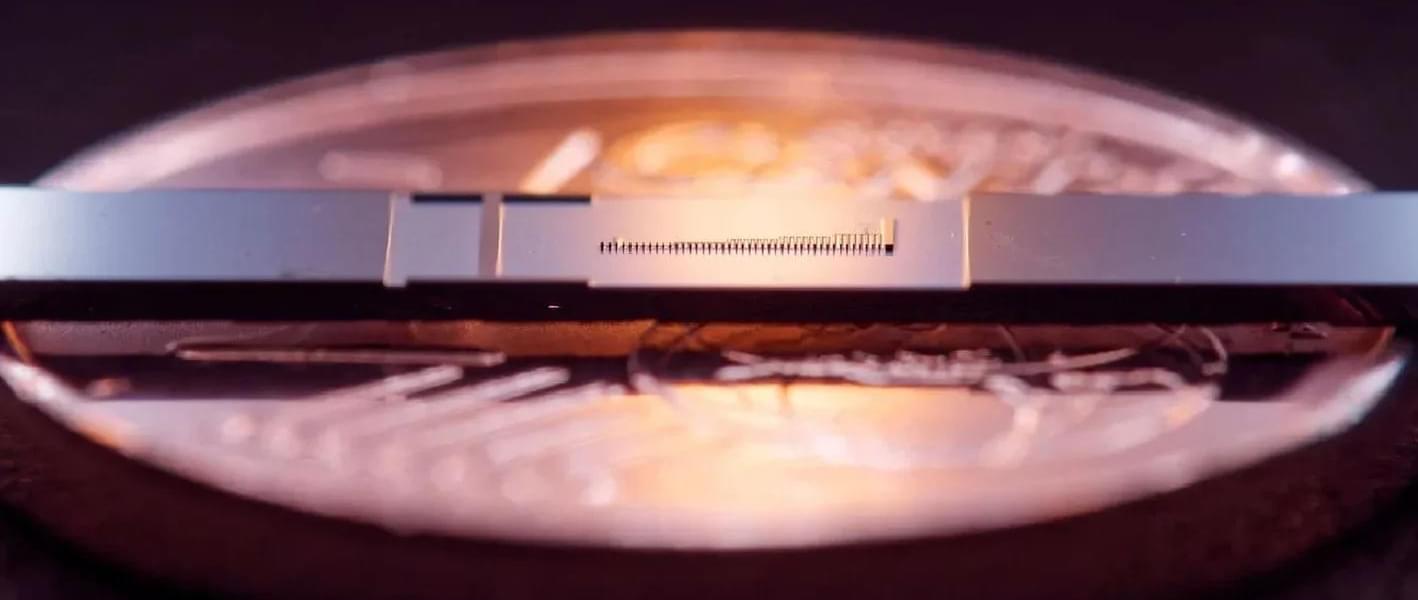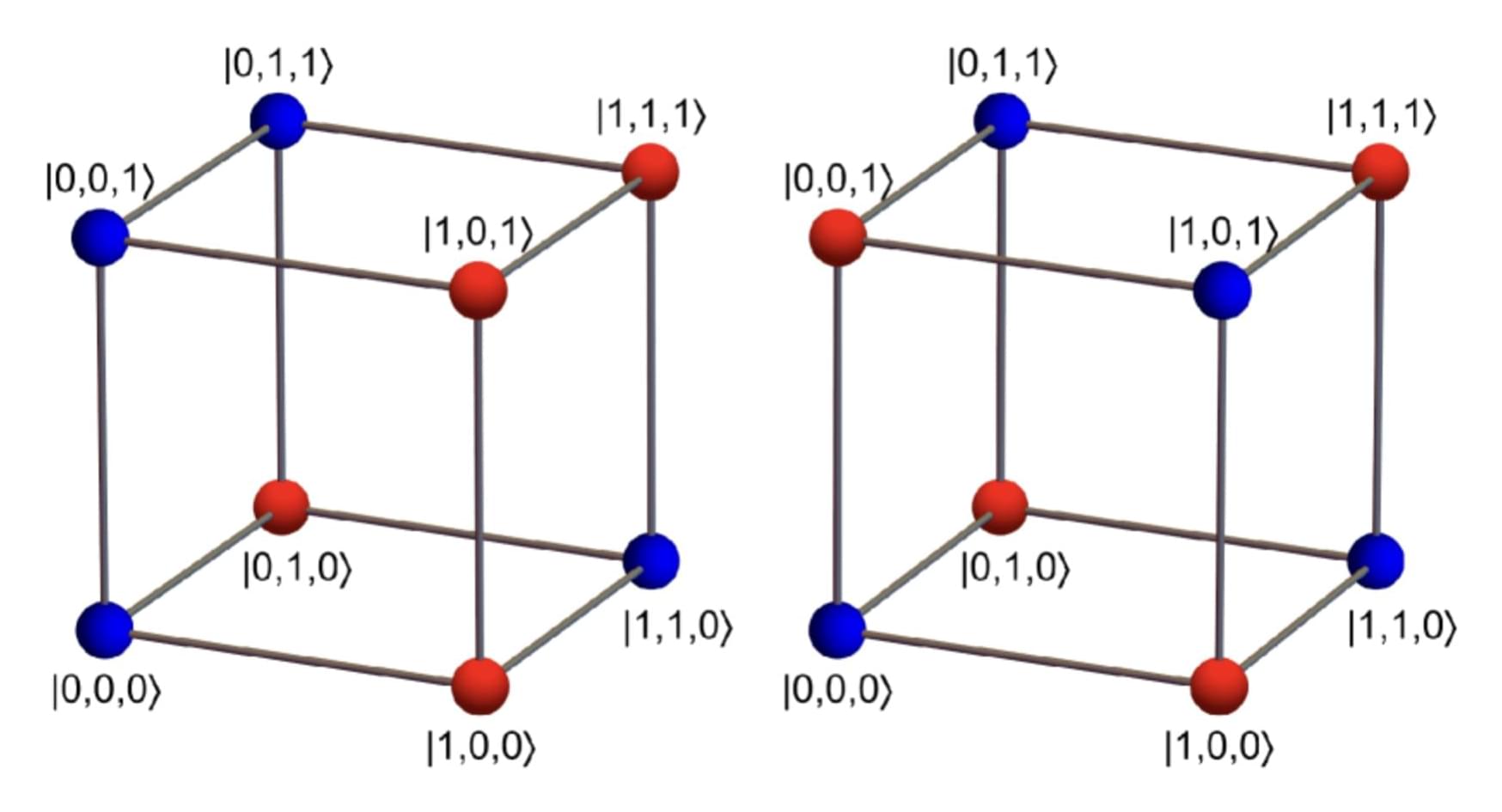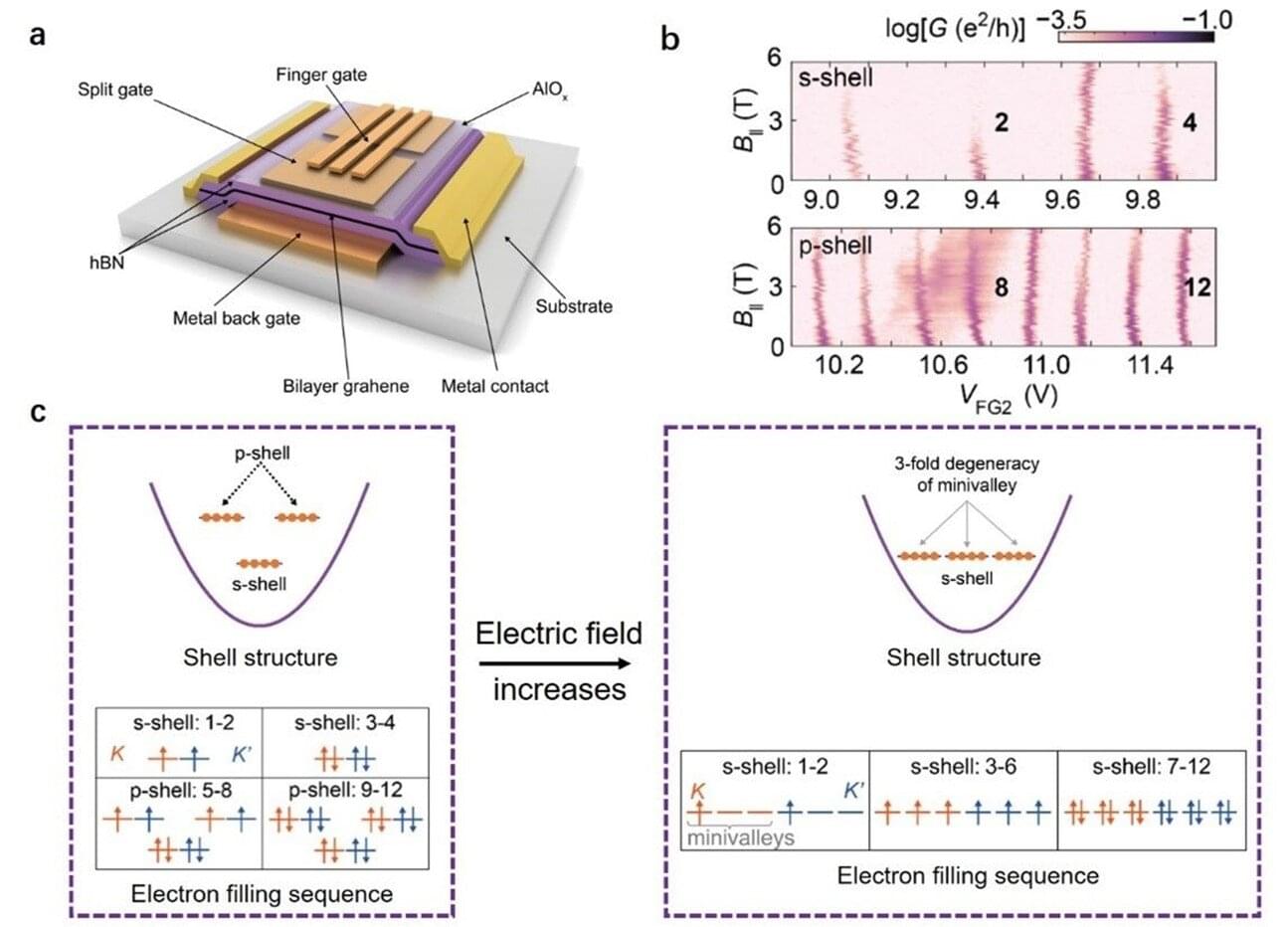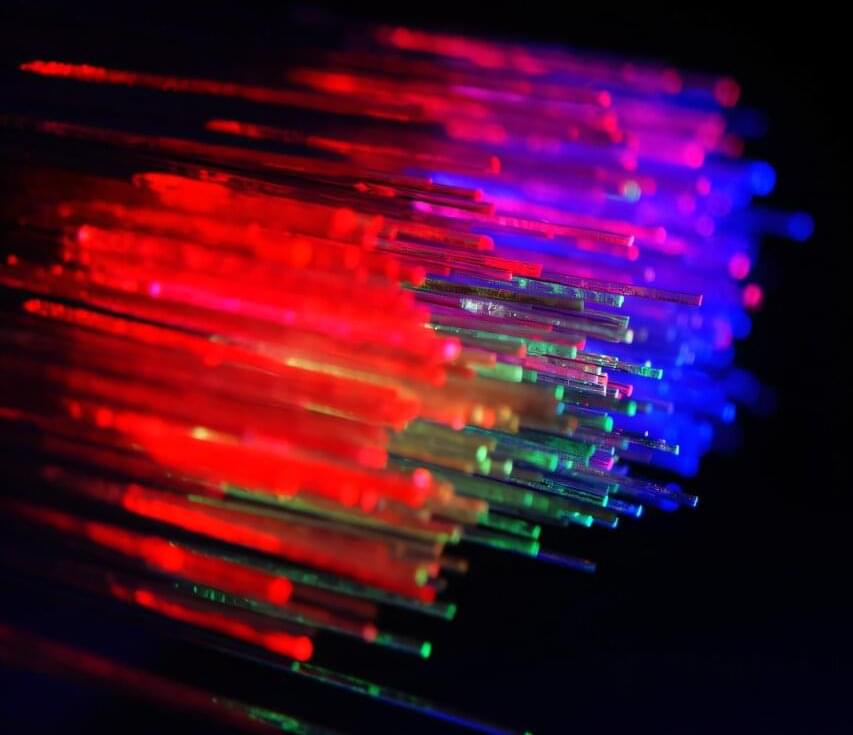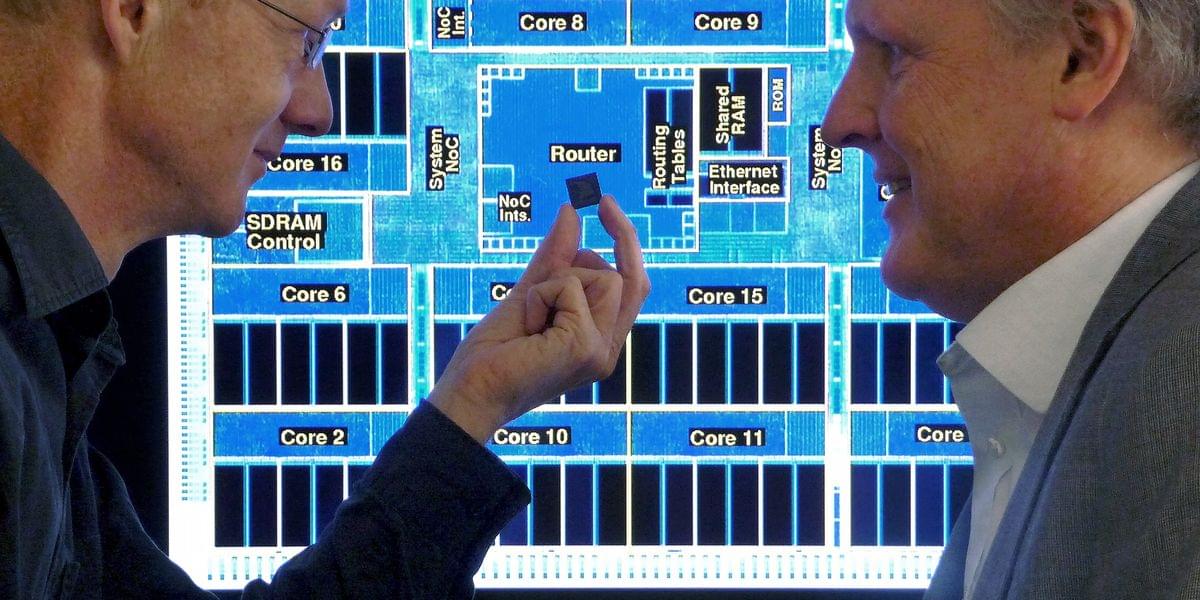Our brain and eyes can play tricks on us—not least when it comes to the expanding hole illusion. A new computational model developed by Flinders University experts helps to explain how cells in the human retina make us “see” the dark central region of a black hole graphic expand outwards.
In a new article posted to the arXiv preprint server, the Flinders University experts highlight the role of the eye’s retinal ganglion cells in processing contrast and motion perception—and how messages from the cerebral cortex then give the beholder an impression of a moving or “expanding hole.”
“Visual illusions provide valuable insights into the mechanisms of human vision, revealing how the brain interprets complex stimuli,” says Dr. Nasim Nematzadeh, from the College of Science and Engineering at Flinders University.

